
Understanding Window Tint Percentages: A Comprehensive Guide
Window tinting is not just an aesthetic choice for vehicle owners; it also offers practical benefits such as privacy, protection from UV rays, and reduced heat inside the car. However, with various window tint options available, it's essential to understand the different percentages of window tint and comply with legal regulations. This article explores window tint percentages, providing insights into what they mean, how they work, and the laws that govern them.
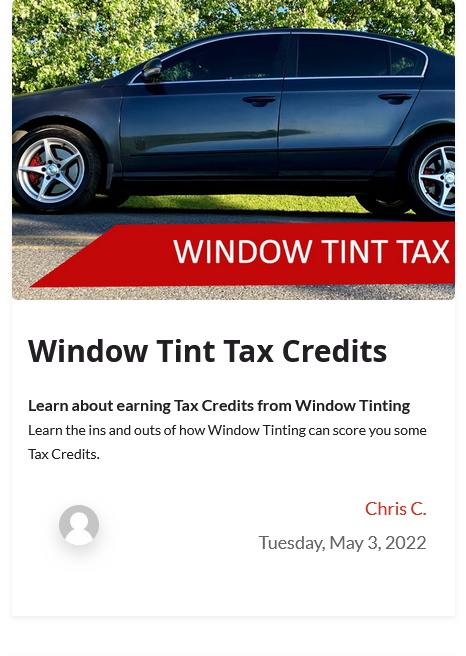
Choosing the ideal window tint percentage can be challenging for those not deeply versed in car customization. Should you go for a deep, dark tint (aka limo tint) or a traditional charcoal hue? Deciding on the shade of gray or the perfect Visible Light Transmission (VLT) percentage can be perplexing. These typical queries may arise as you contemplate the best use of your money. However, with the correct information, you can confidently make a well-informed choice.
What Are the Different Percentages of Window Tint?
Window tint is measured by the percentage of light that is allowed to pass through your car's windows, known as Visible Light Transmission (VLT). The VLT percentage ranges from 0% to 100%, with lower percentages allowing less light to pass through. Here are common window tint percentages:
- 5% Tint: Also known as "limo tint," this percentage blocks out 95% of the visible light, allowing only 5% to enter the vehicle. Commonly referred to as limo tint, this type of window film permits a mere 5% of visible light to enter through the window, obstructing 95% of it. Considered the pinnacle of window tint technology in the industry, it renders the vehicle's interior almost invisible from the outside. Its widespread use in limousines is what gives it its name.
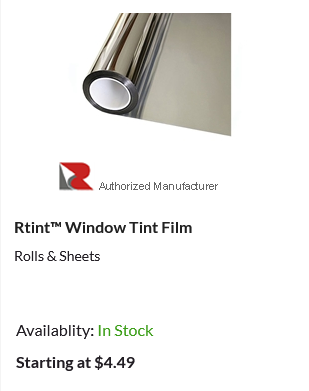
- 15% Tint: A 15% window tint is one of the darker shades available for vehicle windows, often referred to as a "dark tint." This specification means that only 15% of the external visible light is allowed to pass through the glass, while a substantial 85% is blocked or absorbed by the tint. This creates a very dark appearance for the windows, which can be beneficial in several ways.
- 20% Tint: This is a dark tint that offers privacy while still allowing for visibility in most lighting conditions. This window tint percentage is on the darker side, allowing about 20 percent of visible light to filter through while blocking out the remaining 80 percent. It offers a relatively dark aesthetic that enhances privacy and reduces both glare and heat more effectively than lighter shades. However, it substantially reduces the amount of visible light that enters the car, which may impact visibility during nighttime or in dim daytime conditions.
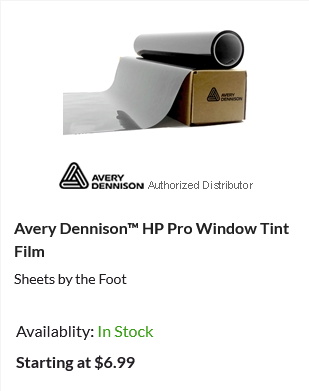
- 25% Tint: A window tint with a 25 percent rating strikes a balance between darkness and visibility. With this tint, approximately a quarter of the external light is allowed to penetrate through the window, filtering out 75 percent of the incoming light. The result is a window that appears significantly darker than one with a higher percentage tint.
This darker shade offers several benefits. Firstly, it increases privacy for the vehicle's occupants, as it is more difficult for onlookers to see inside the vehicle. This can be particularly advantageous in urban settings or for those who frequently leave valuables inside their car.
- 35% Tint: A moderate tint that provides a balance between privacy and clarity. It is a popular choice for the front side windows.
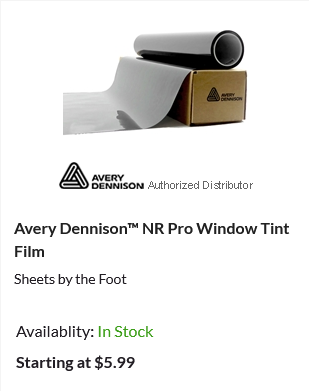
- 50% Tint: This tint blocks half of the incoming light, reducing glare and heat without significantly altering visibility.
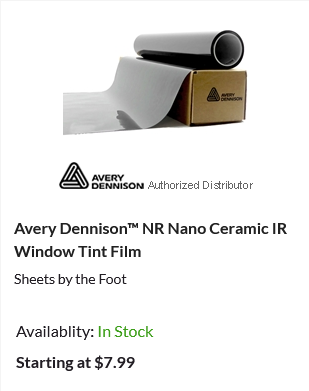
- 70% Tint: The lightest tint typically used, mainly for windshields, allows for maximum visibility while still filtering out some heat and UV rays.
How Do Window Tint Percentages Work?
Understanding window tint percentages is key to selecting the right film for your needs. The percentage represents the amount of VLT, which determines how much light is allowed through the film. For example, a higher VLT percentage means more light is allowed through the window, while a lower VLT percentage means less light passes through, creating a darker appearance.
When choosing a tint, consider the following factors:
- Climate: In hotter regions, a lower percentage may be beneficial to reduce heat.
- Privacy: If privacy is a priority, lower VLT tints will be more effective.
- Driving Safety: Ensure the tint allows for safe visibility, especially for night driving.

Window Tint Percentage Laws
The window tint percentage laws are designed to balance the benefits of tinting with safety concerns, such as the ability of law enforcement to see inside a vehicle and the driver's visibility, especially at night. These laws often include regulations on the reflectivity of the tint and whether side mirrors are required.
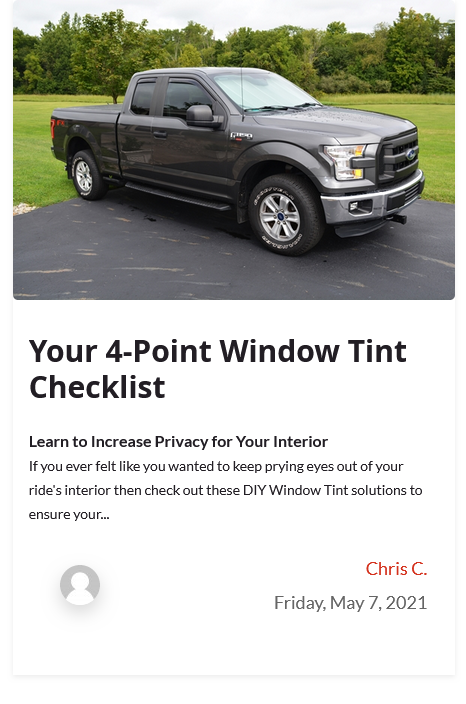
For those looking to tint their windows, it's advisable to review the window tint percentage chart for your specific state and consult with a professional to ensure that the chosen tint meets legal requirements and personal preferences.
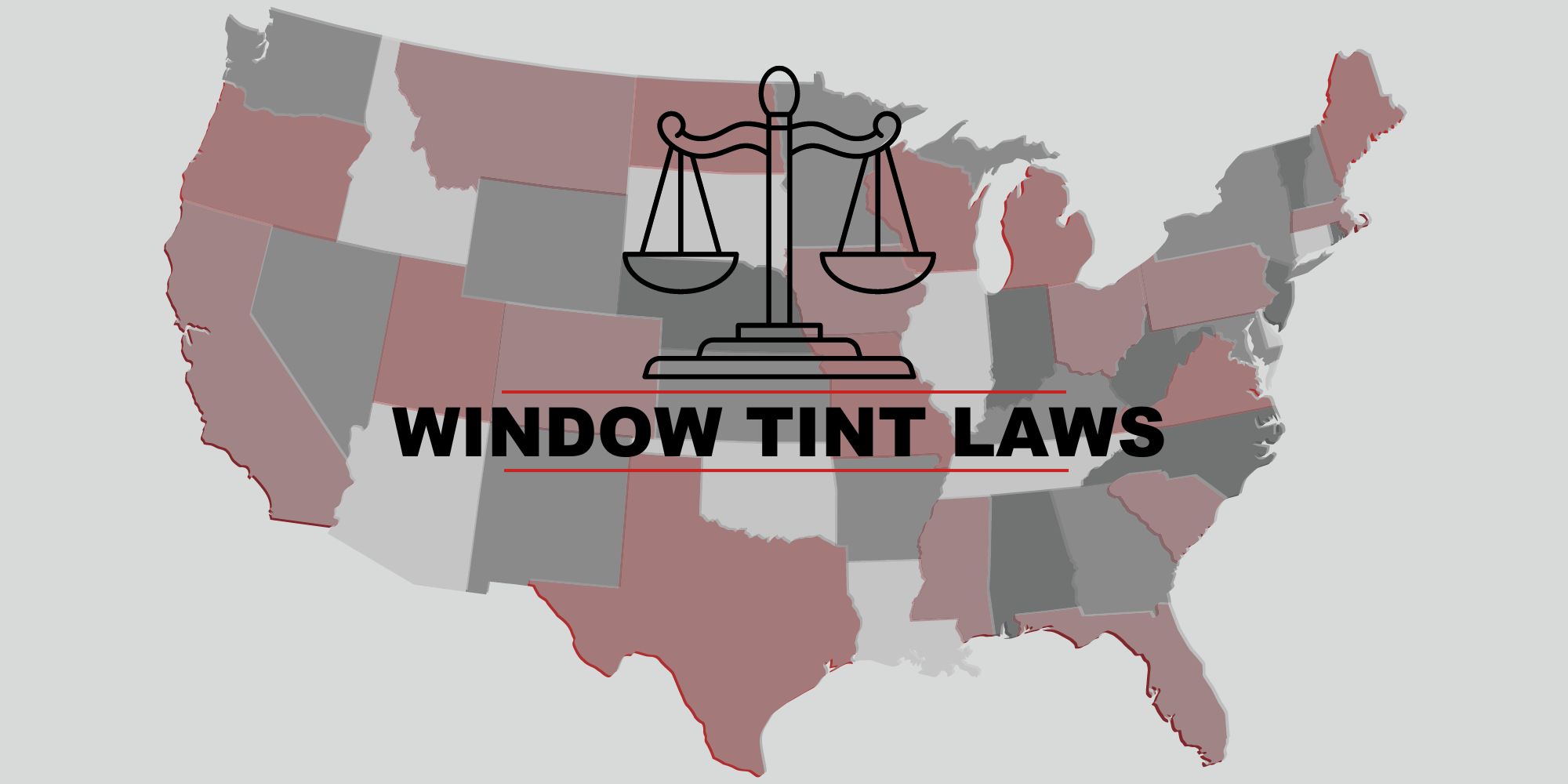
Legal Window Tint Percentage
Window tinting is subject to legal limits which differ from one place to another. In the US, state laws determine the maximum tint allowed on various car windows, including the front windshield, front side, and rear windows. To avoid penalties, it's crucial to adhere to these laws when tinting your car windows. In many regions, the front side windows are permitted to have up to 50% Visible Light Transmission (VLT), while a 35% VLT is commonly acceptable for other windows. It's best to consult your state's specific regulations to make an appropriate choice.
Distracted driving is a leading cause of traffic accidents and while cell phone use is often blamed, heavily tinted windows also pose a significant risk by limiting peripheral vision. Dark tints can hamper visibility, especially under night-time or low-light driving conditions, making it difficult to spot pedestrians, other vehicles, or road hazards.
For optimal safety, it's recommended to review and follow local regulations, take into account your regular driving conditions when selecting a tint percentage, and ensure the tint allows for sufficient visibility. Engaging a professional installer with a solid track record can ensure that the tint is applied correctly and meets safety standards.
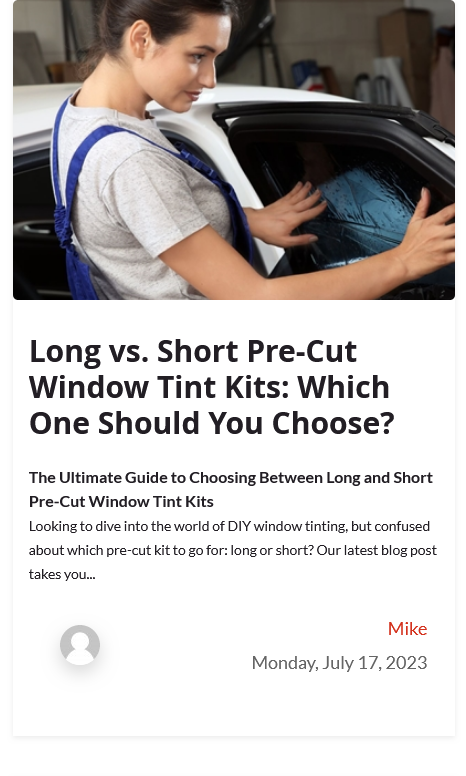
Enhance Your Ride Today
Window tints can enhance the look of your vehicle, offer privacy, and protect against UV rays. However, when choosing a window tint, it’s essential to consider both the aesthetic and practical implications of different VLT percentages, as well as the legal regulations in your area. Whether you’re aiming for a sleek, limo-like appearance or a subtle, sun-blocking enhancement, understanding window tint percentages is the first step towards making an informed choice for your vehicle.